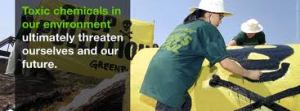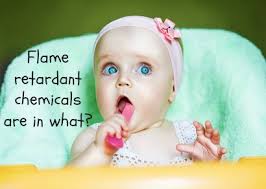 In April of this year I posted an article “Good News: Triclosan Going Away, “ but it is not gone, so people still need to be aware of the danger from products that contain it. Three publications since the previous article indicate the continuing prevalence of triclosan and its harmful characteristics.
In April of this year I posted an article “Good News: Triclosan Going Away, “ but it is not gone, so people still need to be aware of the danger from products that contain it. Three publications since the previous article indicate the continuing prevalence of triclosan and its harmful characteristics.
In June the American Chemical Society published an article about the safety and efficacy of triclosan in consumer products. It confirmed that it can disrupt signaling of the endocrine system, affecting the function of estrogens, androgens, and thyroid hormones. (reference: CEN.acs.org, June 23, 2014)
The Beyond Pesticides organization reported that 100% of women in a multiethnic population in Brooklyn, New York tested positive for triclosan in their urine, and in half of them it showed up in umbilical cord blood. As one of the researchers stated, “this means that it transfers to fetuses.” A 2008 study in Sweden found triclosan in the breast milk of nursing mothers! (reference: Beyond Pesticides, August 12, 2014)
We have learned that triclosan can get into the body through antibacterial hand soaps and some toothpaste, and we now learn that it can enter through vegetables. How could that be? If vegetable are grown using waste water, i.e., treated sewage water, they can pick up triclosan and chemicals from personal care products and drugs that are not completely removed in waster water treatment facilities. Over one third of the country’s vegetables and two thirds of the country’s fruits and nuts are produced in California, and increasingly they are watered with municipal wastewater. Furthermore, with the severe drought in California, new policies call for a three-fold increase in water reuse by 2030. The report also states that triclosan and its metabolites are present in fish, umbilical blood and human milk. One study showed that triclosan from sewage sludge (used as crop fertilizer) can be taken up by soybean plants and the soybeans, and then consumed by animals and people. (reference: Beyond Pesticides, September 23, 2014)
Bottom Line: we can’t be too careful, but simple precautions can protect us.
——————————————————————————————
PS. If you like this site and want to catch future articles, simply click on the FOLLOW button on the lower right-hand side of the page.
Next time: An overview of health news from the Silent Spring Institute and the University of California Medical School.

